5315000050449
Quick Release, push button type.
Price Quote Get an up to date pricing and availability quote for this product. Order online or over the phone.
Quality Commitment
Serving our customers with quality and safety first.
- AS9120 Certified
- Audited supply chain
- ITAR Registered
- DDTC Registered
- HAZMAT Certified
- Customer service objectives
- Every product 100% inspected

5315-00-005-0449 Specification Set by the OEM (see RNCC code 3)
passivate detent
QQ-W-428 fed spec single material response hook
steel comp 1109 button or steel comp 1110 button or steel comp 1116 button or steel comp 1117 button or steel comp 1118 button or steel comp 1119 button or steel comp 1132 button or steel comp 1137 button or steel comp 1139 button or steel comp 1140 butto
0.935in.
36.0 rockwell c shank and 40.0 rockwell c shank
6.550in. and 6.600in.
hook or ring
0.500in. and 0.520in.
pull and push
2
push button
1.125in.
0.3095in. and 0.3110in.
MIL-A-8625, ty 1 or 2, cl 1 mil spec 1st treatment response button or MIL-C-5541 mil spec 2nd treatment response button or QQ-P-416, ty 2, cl 2 fed spec 3rd treatment response button
0.405in. and 0.505in.
ring handle
Cross Reference Parts Part numbers that meet the specification outlined on this page and set by the OEM
Identification Item Identification Guide (IIG) and Item Name Code (INC)
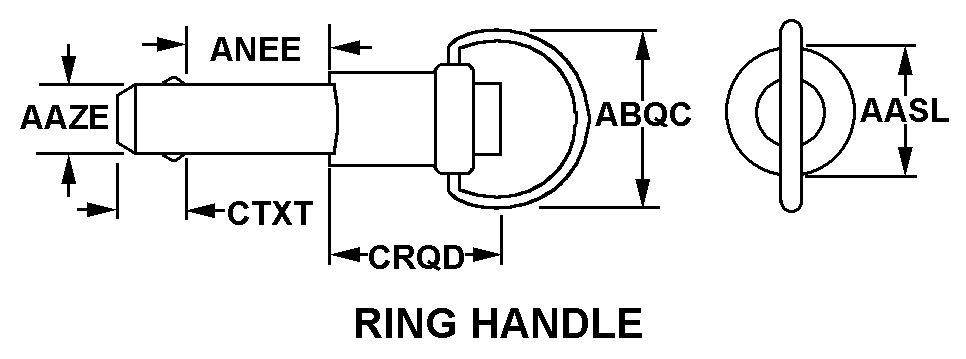
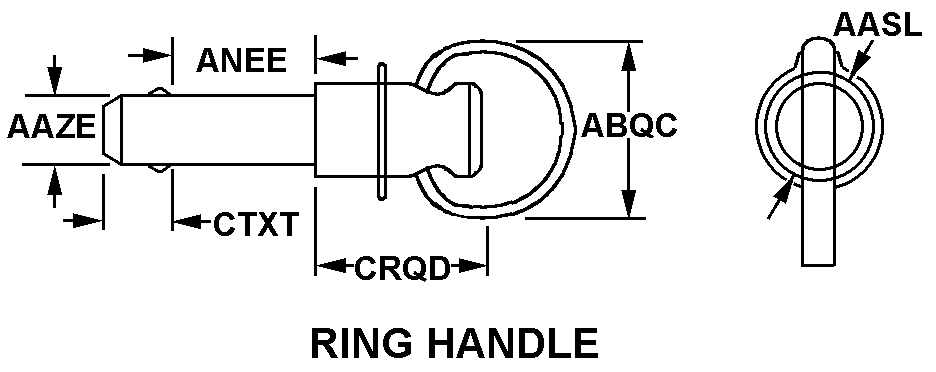
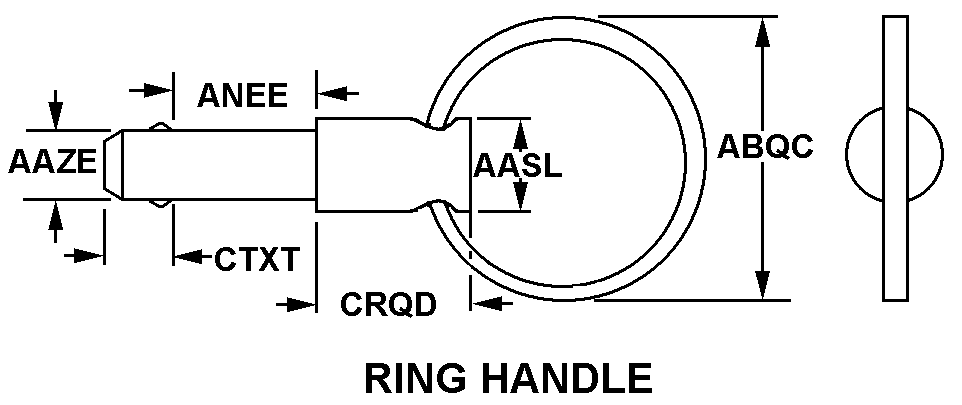
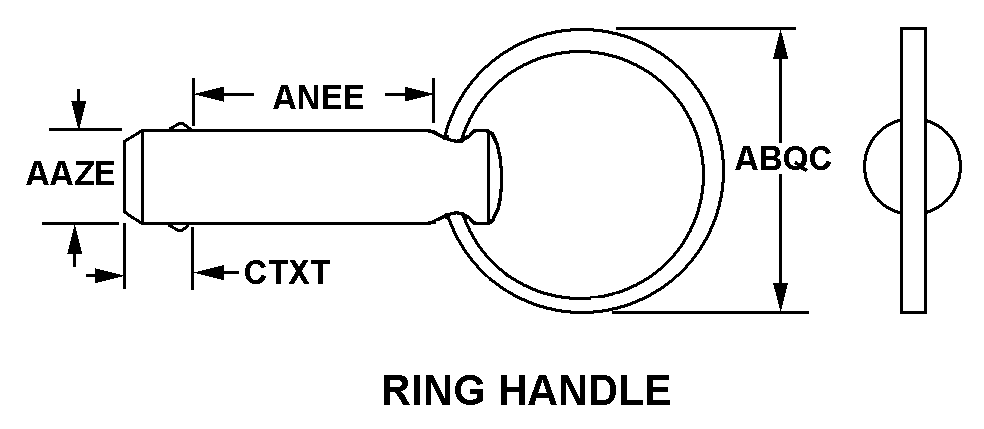

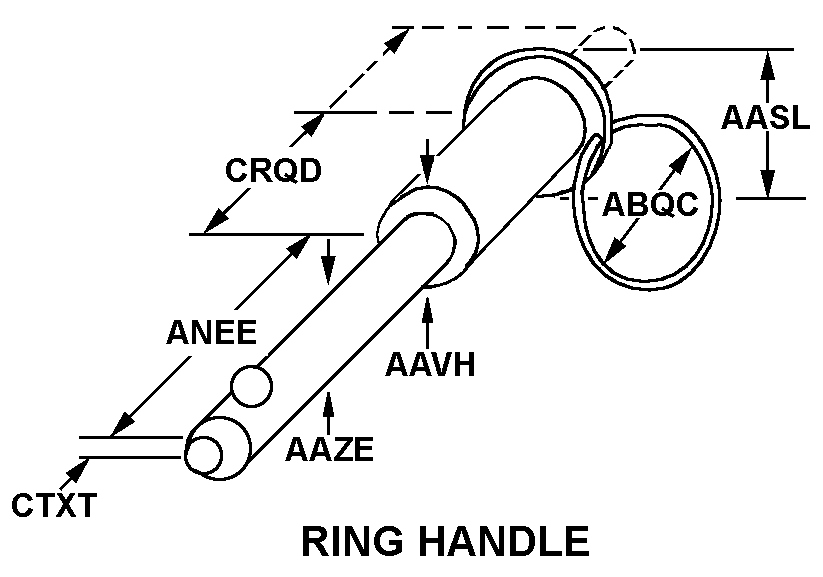
Definition Definition of approved item name (AIN): "PIN,QUICK RELEASE"
A headed fastening device having a solid cylindrical or tubular body with retaining ball or pinlike detent(s). The detent(s) is/are positioned and actuated by means of a spring, elastomer or plunger. Plunger may be operated by thumb, cam or other means. May be furnished with a pull ring, pull and/or lock ring, attaching ring or hook.
Packaging & Dimensions Packaging instructions, special markings, and approx. weight/dims
Packing shall be accomplished to meet the performance test requirements of astm-d4169, distribution cycle 18, assurance level 1.
Packing shall be accomplished in accordance with table c.ii for the packing level specified. closure, sealing and reinforcement shall be in accordance with the appropriate shipping container specification.
All packaging data is mandatory for compliance and no substitutions are permitted. fast packs should be included in this category.
Packaging Codes
OPI: Optional Procedure Indicator Code. A one position alpha code that indicates the allowable deviations from the prescribed requirements.
SPI No.: Special packaging instructions number.
LVL A/B/C: Indicates the type of shipping container required for level A, B, or C maximum packing protection.
SPC Mkg: A two position code that identifies the special markings applied to the container, which is part of the total pack to protect the contained item during preservation, packing, storage, transit and removal from the pack.
5315-00-005-0449 Material Hazmat, Precious Metals, Criticality, Enviroment, and ESD
Indicates there is no data in the hmirs and the nsn is in a fsc not generally suspected of containing hazardous materials.
Precious metal content is unknown
The item does not have a nuclear hardened feature or any other critical feature such as tolerance, fit restriction or application.
Identification Codes
HMIC: Hazardous Material Indicator Code. A one position code that identifies a hazardous item.
PMIC: Precious Metal Indicator Code. A one position code which identifies items that have precious metals as part of their content. precious metals are those metals generally considered to be uncommon, highly valuable, and relatively superior in certain properties such as resistance to corrosion and electrical conductivity.
ESD: Electrostatic Discharge. Indicates if an item is susceptible to electrostatic discharge or electromagnetic interference damage. electrostatic discharge damage occurs when an accumulation of static electricity generated by the relative motion or separation of materials is released to another item by direct contact. electromagnetic interference damage occurs when an item comes into proximity with an electrostatic or magnetic field.
ENAC: Enviromental Attribute Code. Identifies items with environmentally preferred characteristics.
CRITL: Criticality Indicator Code. Indicates an item is technically critical by tolerance, fit, application, nuclear hardness properties, or other characteristics.






